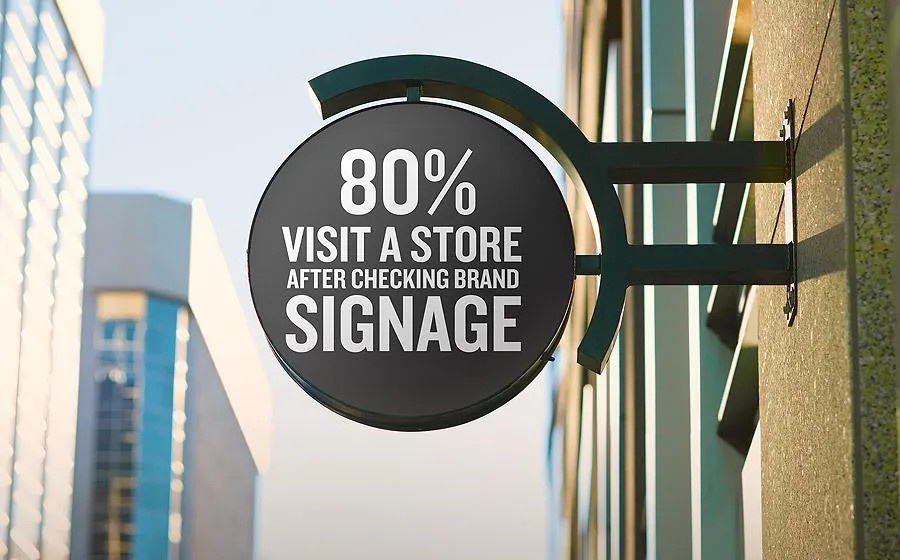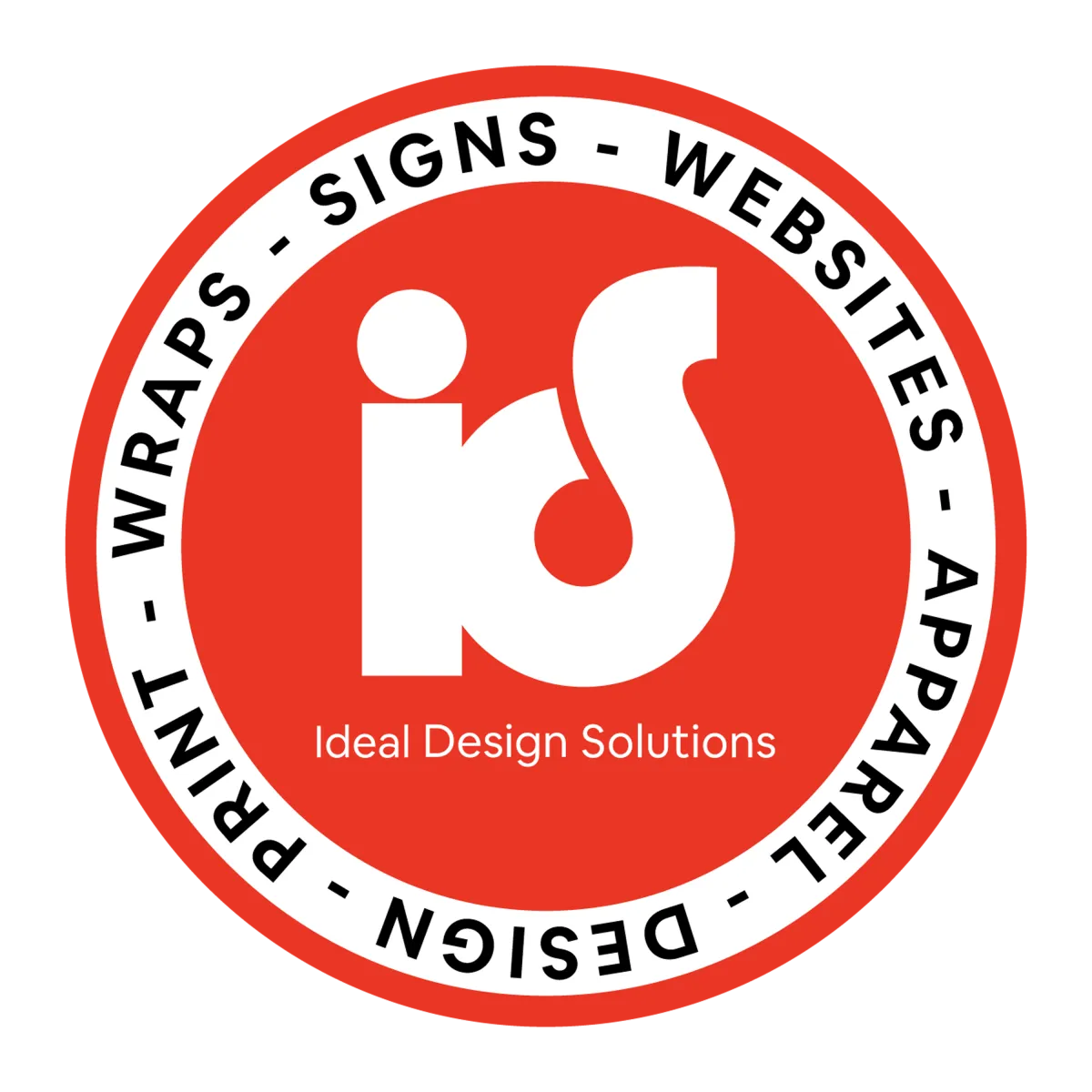Blogs

Top Trends in Signage for 2024
Staying abreast of current signage trends is crucial for businesses aiming to maintain a competitive edge. Trends reflect evolving consumer preferences, technological advancements, and changes in design aesthetics. By adopting the latest trends, businesses can ensure their signage remains fresh, relevant, and effective in capturing customer attention.
Overview of Key Trends for 2024
Innovations in technology, sustainability, and design shape the signage landscape for 2024. From interactive digital displays to eco-friendly materials, the trends highlight a shift towards more engaging, sustainable, and visually appealing signage solutions.

Digital Signage Innovations
Interactive Displays
Touchscreen Technology: Touchscreen displays are becoming increasingly popular, offering an interactive experience that engages customers. These displays can be used in various settings, from retail stores to museums, allowing users to access information, make selections, and interact with the brand in a more immersive way.
Augmented Reality (AR) Integration: AR technology is being integrated into signage to create interactive and engaging experiences. For instance, AR-enabled signs can provide virtual try-ons in fashion stores or interactive product demonstrations in electronics shops.
Dynamic Content
Real-Time Updates: Digital signage that can be updated in real-time allows businesses to display current information, such as promotions, news, and events. This flexibility ensures that the content is always relevant and timely.
Video and Animation: Incorporating video and animation into digital signs makes them more eye-catching and engaging. Animated content can be used to tell a story, showcase products, or create a dynamic visual experience that captures attention.
AI and Machine Learning
Personalized Advertising: AI-driven signage can analyze customer data to deliver personalized advertisements. For example, a digital billboard can display ads tailored to the demographics of people passing by, increasing the likelihood of engagement.
Predictive Maintenance: AI can also be used for predictive maintenance of digital signage, detecting potential issues before they become problems and ensuring that signs remain operational and effective.
Sustainability and Eco-Friendly Signage
Green Materials
Recyclable and Biodegradable Options: More businesses are opting for signage made from recyclable and biodegradable materials. These materials reduce environmental impact and align with the growing consumer demand for sustainable practices.
Low-Energy Lighting: LED lighting is favored for its energy efficiency and longevity. Compared to traditional lighting, LEDs consume less power and have a longer lifespan, making them a more sustainable choice.
Energy-Efficient Technologies
Solar-Powered Signs: Solar-powered signage is becoming more prevalent, particularly for outdoor applications. These signs harness solar energy, reducing electricity costs and environmental impact.
Energy Management Systems: Implementing energy management systems in digital signage can optimize power usage, further enhancing sustainability. These systems can adjust brightness based on ambient light conditions or power down during off-peak hours.
Sustainable Design Practices
Modular Signage Systems: Modular systems allow for components to be replaced or upgraded without discarding the entire sign. This reduces waste and allows businesses to update their signage more sustainably.
Eco-Friendly Printing: Using eco-friendly inks and printing processes reduces the environmental footprint of printed signage. These practices include using water-based inks and recycled paper or board.
Design Trends
Minimalist Aesthetics
Clean Lines and Simple Typography: Minimalist design emphasizes simplicity and clarity, using clean lines and straightforward typography. This approach ensures that the message is easily readable and visually appealing.
Neutral Color Palettes: Neutral colors such as black, white, and grey are popular in minimalist design, often accented with a single bold color to draw attention to key elements.
Bold and Vibrant Colors
High-Contrast Combinations: Bold color schemes with high contrast make signage stand out. Bright, vibrant colors can attract attention and convey energy and excitement.
Color Gradients: Gradients add depth and interest to signage, creating a modern and dynamic look. This trend involves blending colors smoothly to create a visually engaging effect.
Custom Typography
Unique Fonts: Custom typography can make a sign distinctive and memorable. Unique fonts that reflect the brand’s personality help create a strong visual identity.
Hand-Drawn Elements: Hand-drawn typography and illustrations add a personal and authentic touch to signage. This trend is particularly popular in businesses looking to convey creativity and individuality.
3D Signage
Dimensional Letters and Logos: Three-dimensional signs create a striking visual impact. Dimensional letters and logos add depth and texture, making the signage more noticeable and engaging.
Layered Materials: Using layered materials can create a multi-dimensional effect, adding complexity and interest to the design. This technique involves stacking different materials or layers to create a unique look.
Case Studies and Examples
Retail
Interactive Digital Displays: A retail clothing store implemented touchscreen displays to allow customers to browse products, check sizes and availability, and even see how outfits would look on them using AR technology. This resulted in increased customer engagement and higher sales conversion rates.
Sustainable Signage: A grocery store chain switched to recyclable materials and solar-powered outdoor signs. This not only reduced their environmental impact but also resonated well with eco-conscious customers, enhancing their brand image.
Hospitality
Dynamic Content in Hotels: A hotel chain used digital signage to provide guests with real-time information on local events, weather updates, and hotel services. The dynamic content kept guests informed and enhanced their overall experience.
Eco-Friendly Design: A boutique hotel adopted minimalist signage with neutral color palettes and energy-efficient LED lighting. This created a serene, modern atmosphere while aligning with the hotel’s commitment to sustainability.
Corporate
AI-Powered Personalized Signage: A tech company used AI-driven digital signs in their lobby to welcome visitors personally and display relevant company information based on the visitor’s profile. This created a personalized and professional impression.
3D Logo Displays: A corporate office installed a 3D logo sign in their reception area, creating a strong visual impact and reinforcing their brand identity.
Conclusion
Recap of Trends and Their Benefits Recap the key trends discussed, emphasizing how they enhance engagement, sustainability, and visual appeal. Highlight the benefits of adopting these trends, such as increased customer engagement, improved brand perception, and a reduced environmental footprint.
Encouragement to Embrace Innovation in Signage Encourage businesses to embrace these innovative trends in their signage strategies. Staying updated with the latest trends ensures that signage remains effective and resonates with current consumer preferences.
Invitation to Collaborate with Ideal Design Solutions for Trendy Signage Invite businesses to collaborate with Ideal Design Solutions to implement these cutting-edge signage trends. Highlight the company’s expertise, innovative approach, and commitment to quality. Offer a call to action for consultation and to discuss how Ideal Design Solutions can help businesses stay ahead with trendy, effective signage solutions.
Let’s start working together.
Get in touch with us!


